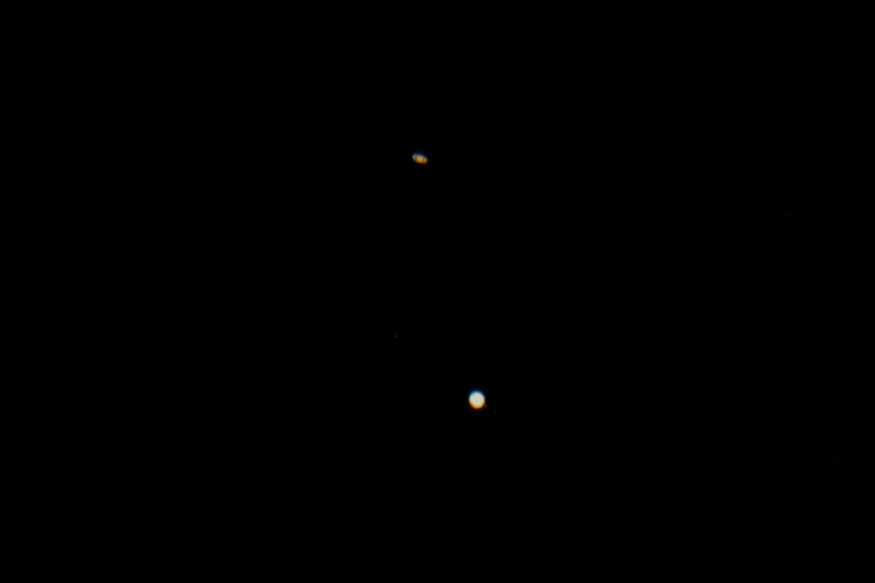An hour after sunset on Dec. 21, millions are expected to see the much-awaited planetary kissing of Jupiter and Saturn, called the 'Great Conjunction' or 'Christmas star.'
But, did you know what will happen to Earth after this phenomenon?
How to see Jupiter and Saturn 'Great Conjunction'

Tonight a lot of people have witnessed how the two giant planets Jupiter and Saturn, have nearly overlapped each other with the once-in-a-lifetime event of 'Great Conjunction.'
After 800 years, this phenomenon happened again amid the upcoming holidays, which why it was named as 'Christmas star.'
EarthSky reported that the two planets were just 0.1 degrees apart from each other on Dec. 21. The last time this happened was in 1623.
What happens to Earth

Earth is distant from these two giant planets however, did you know that there's a particular benefit of these giant planets to humans?
In 2016, Space reported that Jupiter and Saturn pose an important benefit for planet Earth.
According to Tom Barclay, of NASA's Ames Research Center in Moffett Field, California, these giant planets protect Earth from giant impacts of asteroids, striking from the space.
"If you have giant planets, your last giant impact happens somewhere between 10 and 100 million years [after planet formation], which is pretty fine - it's like what happened on Earth," Barclay said. "If you don't have giant planets, the last giant impact can happen hundreds [of millions] to billions of years in. This really is a risk to habitability."
In the recent 'Great Conjunction,' this was one of the possible threats. However, experts do not conclude any harm for Earth in today's phenomenon. Now, that's a good thing.
© 2026 NatureWorldNews.com All rights reserved. Do not reproduce without permission.





